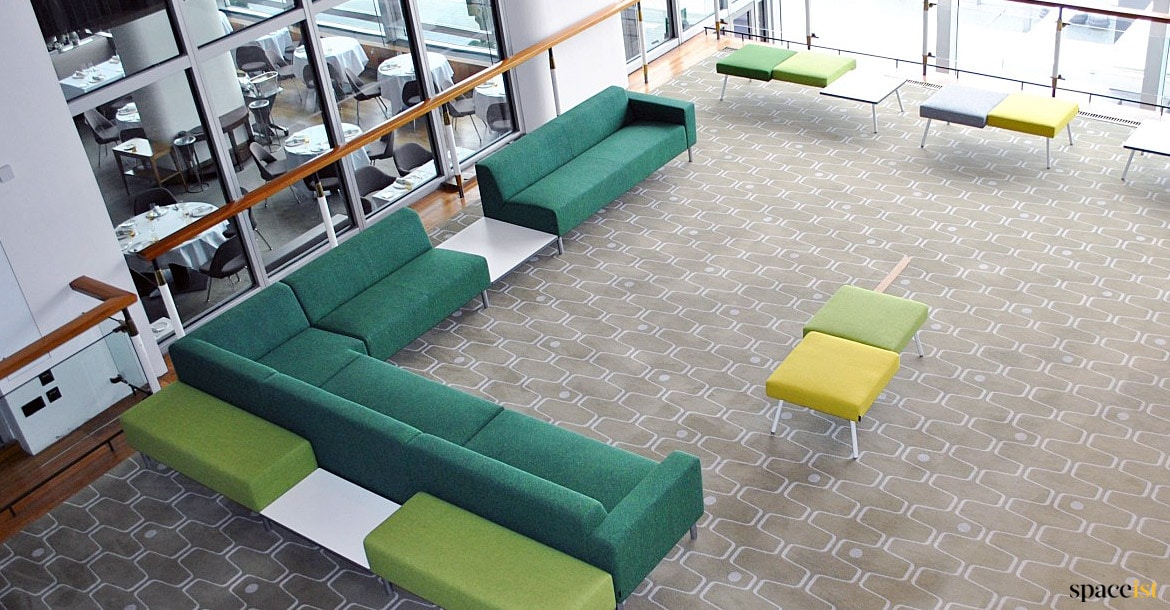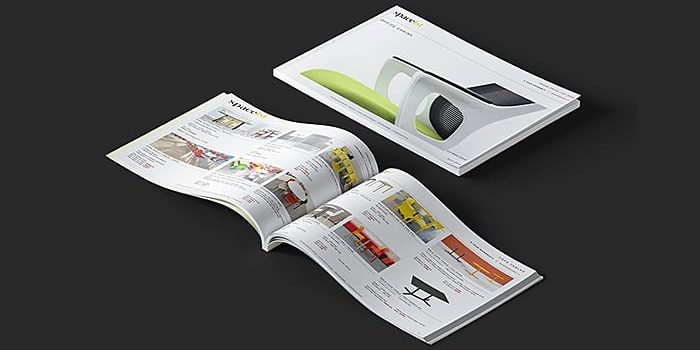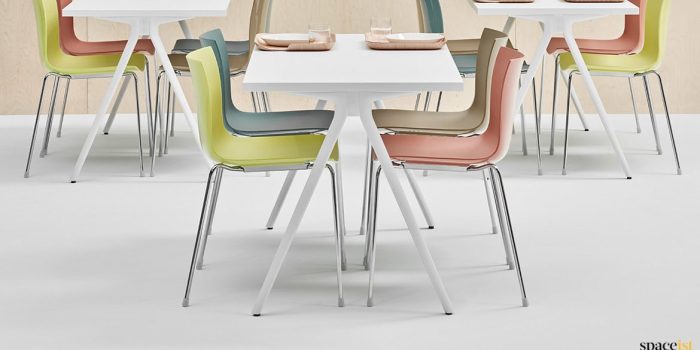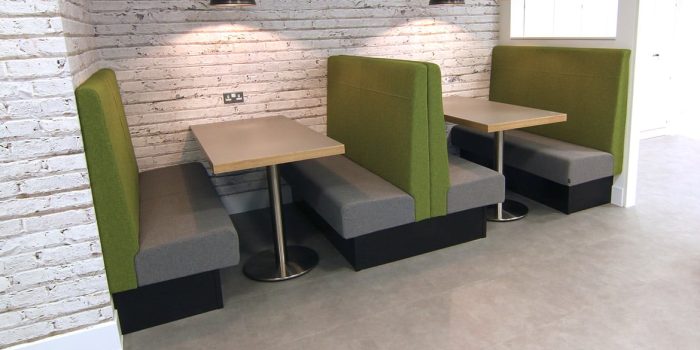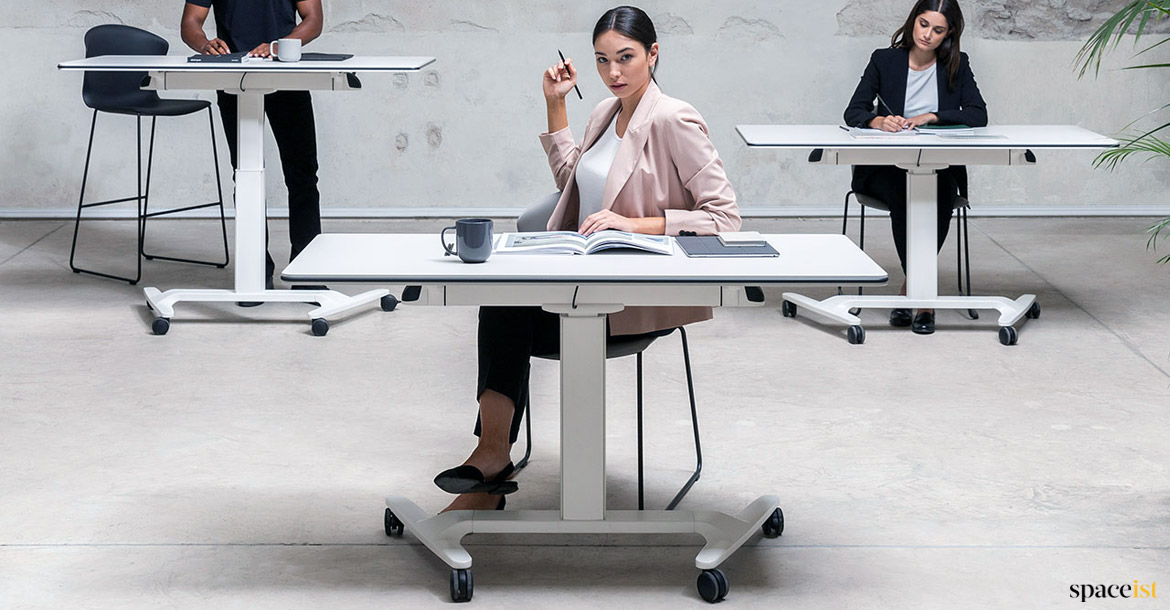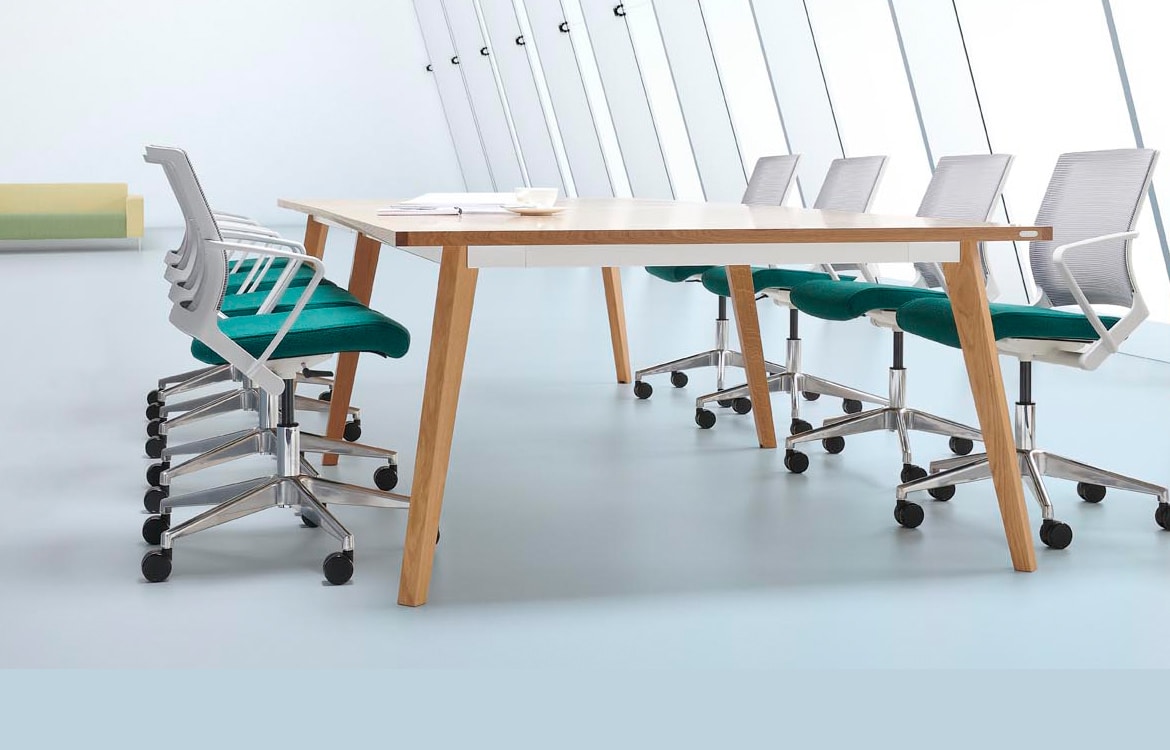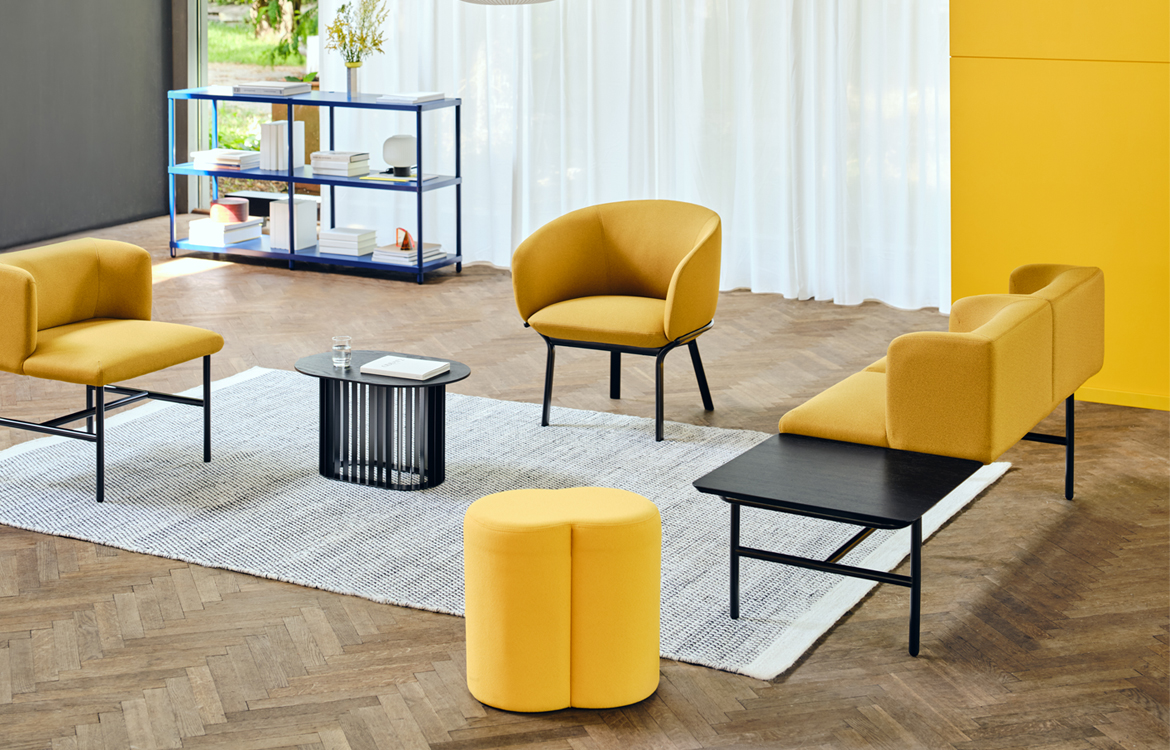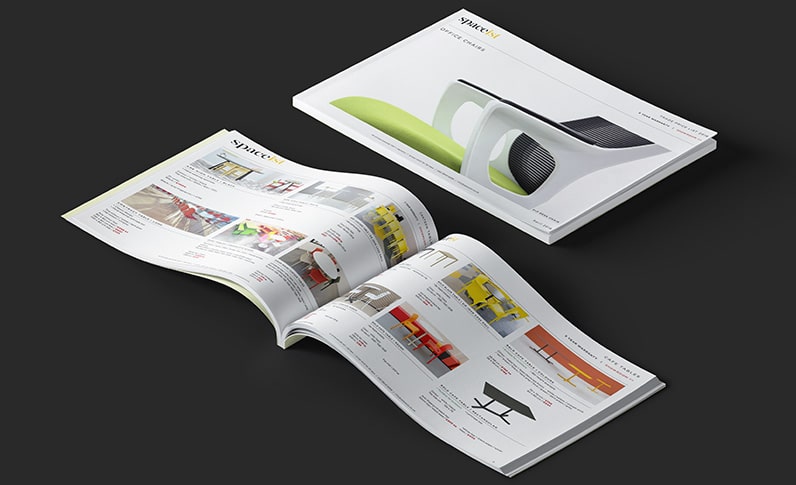- Supplier of commercial, modern furniture for workplace, education, leisure & public spaces
- 020 8840 6298
- [email protected]
Building a Seating Area: What you Need to Know?
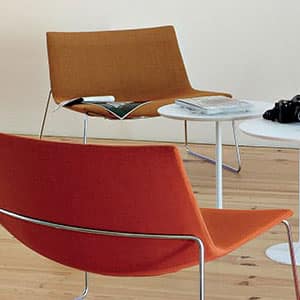
Building a seating area – The Basics
Use smart seating arrangements to create a flexible workspace with zones that ensure all of your space is used to its maximum capacity. A flexible office furniture seating area allows you to rearrange things or create an additional seating area in a trice. Remember to allow extra seating for visitors!
Building a seating area – Space Planning
When building a waiting room seating area, design is often the first thing we think of, but there are other aspects to take into consideration before you finalise furniture shapes and colours. First, take time to plan the seating area and measure up carefully. Think about how the space will be used, by how many people and what exactly they will be using the space for.
Building a seating area – Ergonomics
Always something to consider but an absolute must when creating a commercial seating area: ergonomics means making sure that the furniture is suitable for the task, even if that task is simply taking a break. Where seating areas are designed as workspaces, think about whether small, high or low tables are required, or a mixture of all three.
Choose the correct chair for the job
One of the most important things to consider when thinking about ergonomics is the length of time people might be in the chairs, whether the seating has adequate lumbar support, swivels or requires adjustable armrests or castors.
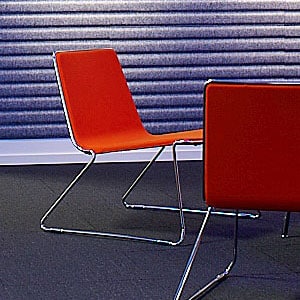
Flexible seating
A breakout space seating area can feature low or high-back soft seating, while desks for periods of long, deeply-focused work are likely to require adjustable task chairs, swivel chairs and/or breathable fabrics like mesh.
Indoor seating area ideas:
- The classic domestic seating area design – two matching sofas facing each other with a low coffee table in the middle.
- Group a selection of smaller chairs in a circle with low tables in between them.
- Try using modular chairs and sofas, which can fit together in multiple configurations, to maximise seating space in awkward areas.
- Create a corner seating area with an L-shape sofa so that no space is wasted.
- Collaboration space or workspace? Consider how people will be using the seating area and select the heights of the seating and tables accordingly.
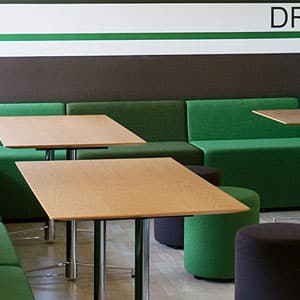
Are you sitting comfortably?
As we’ve seen, in the modern office seating area there are many things to consider, not least of all the people. Human beings come in all shapes and sizes and have many different preferences when it comes to sitting comfortably. You can’t accommodate everybody’s exact individual preferences, so try and provide an accessible selection of working, meeting and lounging furniture that should have something to suit everyone.
Why seating plans matter
As well as wanting to work or relax in comfort, your employees are likely to need to work within specific teams, collaborate with others and move around the space regularly. Where possible, the seating plan should offer a chance for employees to offer their insight as to how their seating area can help them to be productive. For example, certain teams may require daily cross-departmental contact, some people need to talk or make phone calls and others need quiet spaces for deep concentration.
Seating area design
While a traditional office furniture seating area could be made up of formal arrangements of table and chairs, or a sofa placed against the longest wall, a modern office seating area could incorporate informal spaces as well as more exciting design. Variations you might see in a modern seating area could include high tables with matching stools, booth seating with high-backed chairs or groups of colourful modular cubes.
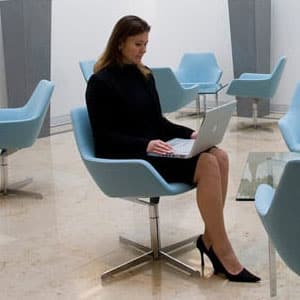
Design tips and tricks for the modern office seating area:
- In an open-plan office or large space, creating walkways around seating areas will immediately define them. Ensure people have clear access space around the seating area so you can funnel them away from the seats as required.
- Arrange seats to face each other to facilitate conversation. Think about the distance between people. Arrange seating back to back if it’s designed for quiet space.
- Seating area design needs to balance chairs with tables, whether for putting down a drink or some papers or working on a laptop. Where a flexible surface or additional temporary seating can be needed, ottomans can be very useful.
- Consider using different colours or textures to define the seating area. A modern seating area from a specialist commercial supplier can even be colour matched to your branding.
FAQs
Office seating: what’s the best solution for your workspace?
When planning a new seating area, take the time to consider the specific needs of your individual employees. Are they coming into the office to find a quiet space to focus and concentrate for longer periods of time or are they hoping to benefit from the social elements of the workplace and spend time in meetings and collaborative work?
Don’t forget a quieter office furniture seating area for meetings.
How to create an office seating arrangement employees will love?
Motivating your teams or encouraging them back into the office? Whatever the reason for creating your brand new office furniture seating area, make sure it works for your people. A modern office seating area can incorporate bright colours, fun curves or sleek straight designs, with comfy chairs or long sofas, high-backed chairs for extra privacy and fun modular cube seating for flexibility.
How to make a corner seating area?
The L-shape sofa is a popular feature of the modern seating area. Use one to create a corner seating area that makes maximum use of space and encourages conversation. Alternatively, try modular chairs without arms that slot together to create a bespoke shape.


